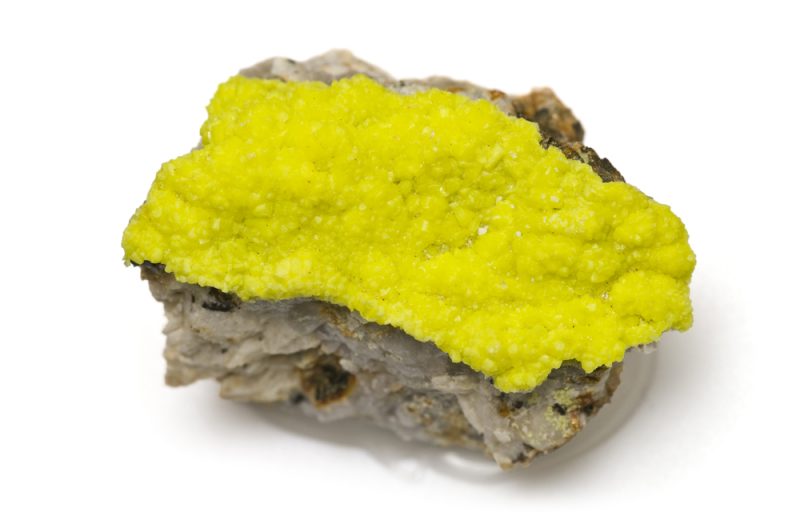EPA lifts “in-situ” uranium recovery rule

The U.S. Environmental Protection Agency (EPA) is withdrawing a previously proposed rule regarding “in-situ” uranium recovery.
In-situ is the process of drilling a well into a uranium deposit and injecting a liquid into it that dissolves some of the uranium and brings it to the surface. Once it comes to the surface, it can be purified and sent for processing into nuclear fuel. Proponents say the in-situ process has minimal risk and has not had any impact on drinking water. The rule was over in-situ was imposed in the final days of the Obama administration over concerns that this process would contaminate the groundwater.
The EPA cited three reasons for withdrawing the rule. First, the EPA said it has serious questions as to whether the proposed rule is within EPA ‘s authority. Second, the EPA does not believe that a national rule is necessary as existing regulatory structures are sufficient to ensure the protection of public health. Third, the influx of new license applications that was once anticipated is not likely to materialize.
The Nuclear Energy Institute (NEI), an organization that represents companies that mine uranium and process it into fuel for use in reactors, commended the EPAs decision to withdraw the rule.
“The proposal was unnecessary since no documented risks to the public or the environment have been identified,’’ Doug True, senior vice president and chief nuclear officer of NEI, said. “Such mining is already regulated under a different federal law, the Uranium Mill Tailings Radiation Control Act of 1978, and by most of the states where in-situ recovery occurs. The EPA’s Scientific Advisory Board said the rule was not needed, and the structure of the rule posed legal problems. There is no benefit in these duplicative, unnecessary regulations.”
